Affiliate Disclosure: We earn a commission if you purchase through one of our links at no additional cost to you.
I’m spending time tonight trying to think how to name a photograph. Specifically, the one on this post. I know some women who name their shoes, so why can’t I think of a title for a photo?
What’s In a Name?
The idea of giving a name to art has been on my mind lately, but for a rather pedestrian reason. I’m helping my cousin’s wife by building a web site for her art. She’s a painter who creates images of angels and she wants a nice web site to show her work online. Seems reasonable.
She sent me photos of her work and I started thinking about how to share them, which theme to choose, stuff like that. That’s when I noticed that none of these photos had titles. All of the image names were just straight out of the camera.
When I asked her, she seemed confused as to why a painting needs a name. From her perspective, the image speaks for itself. I kind of like that on some level. Being a web developer isn’t one of those levels, though.
Here’s a pertinent example. She wants to sell her work online. How do you order something that you can’t identify? She’s used to selling her art in a gallery, so a customer can walk in and point to a work they want to purchase, and that’s it. It’s a bit more complicated online. You have to identify the work for an online order.
I hate to call them Angel #1, Angel #2, etc. It would work, but it’s not exactly artsy.
Now let’s translate that so I can figure out how to name a photograph. Sometimes the direct approach works best. Call it what it is so people understand. If I have a photo of the Bellagio Fountains, I could just name it “Bellagio Fountains” and people know what they’re getting. Even better, it’s a good idea to use clear descriptions for search engine optimization. If you search online for a photography of the Bellagio Fountains, you’re being pretty clear about what you want.
However, some photographers like to use artsy names. Names that have no description of the subject at all. I’ve done it. One of my photos of the Bellagio Fountains is Serene. Trust me, nobody looks at this photo. They aren’t going to scroll back to see what I’ve done and it isn’t something that someone will find on a web search.
If you want to see some wacky photo names, head over to Flickr. I don’t know what some of those people are drinking, but they have an endless array of photos with names that seem completely unrelated to the subject – “She Said She Would Call Me Later” as a title for a mundane photo of some downtown buildings.
Would you ever expect to find this photo on a search? How would you promote it for sale? I’m beginning to think some photographers name their images with random word generators.
I think I like names like “The Starry Night.” It was good enough for Van Gogh, so I’m probably going to spend more brain cells with descriptive, if mundane, titles.
How To Name A Photograph
Another view on top of Jade Mountain. OK, that’s not going to be the name. It’s just where I was standing when I took this shot.

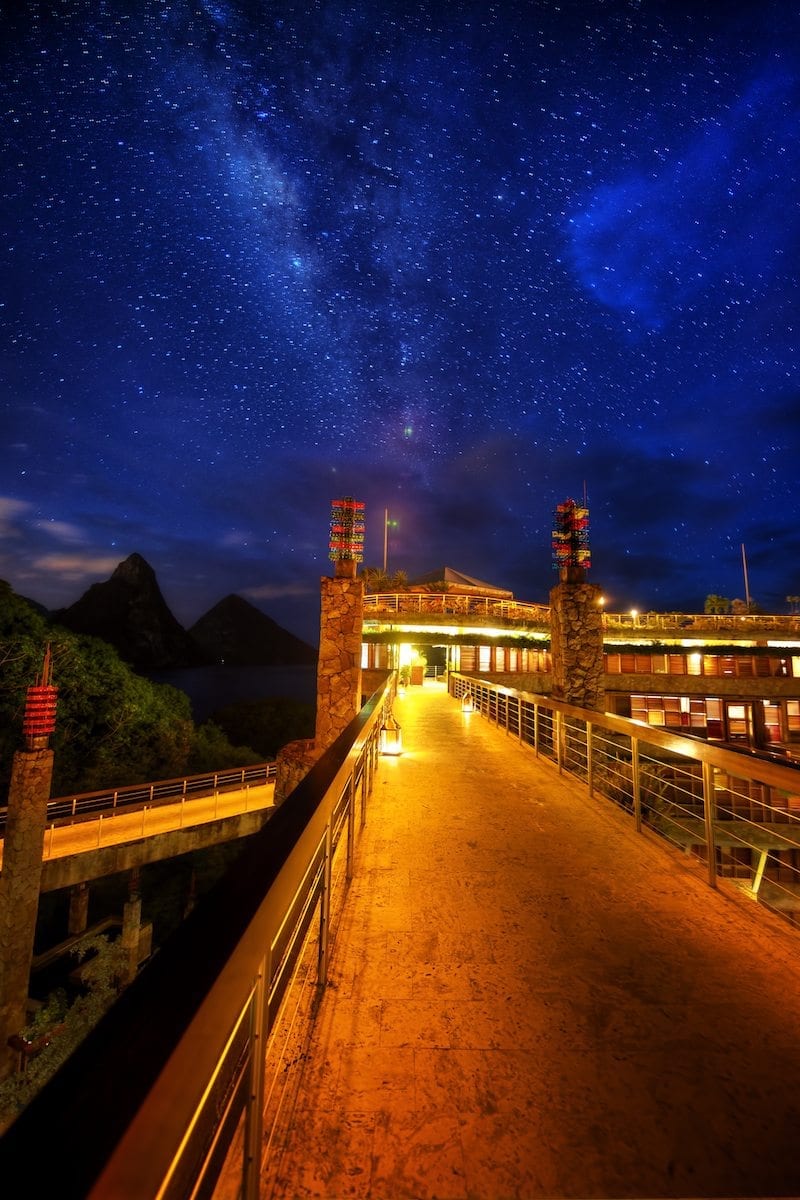
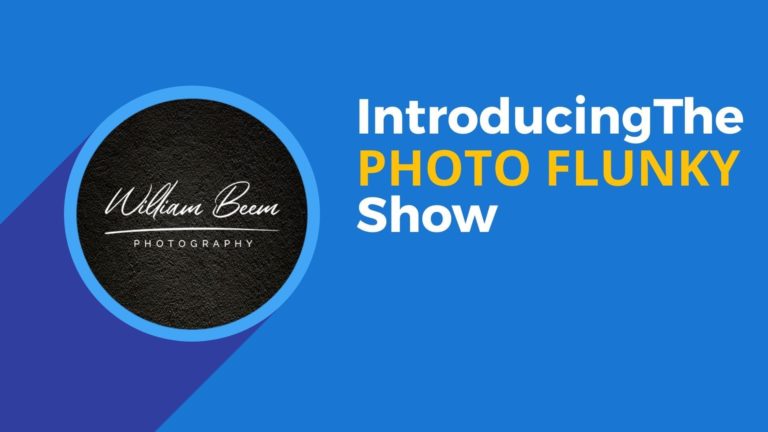
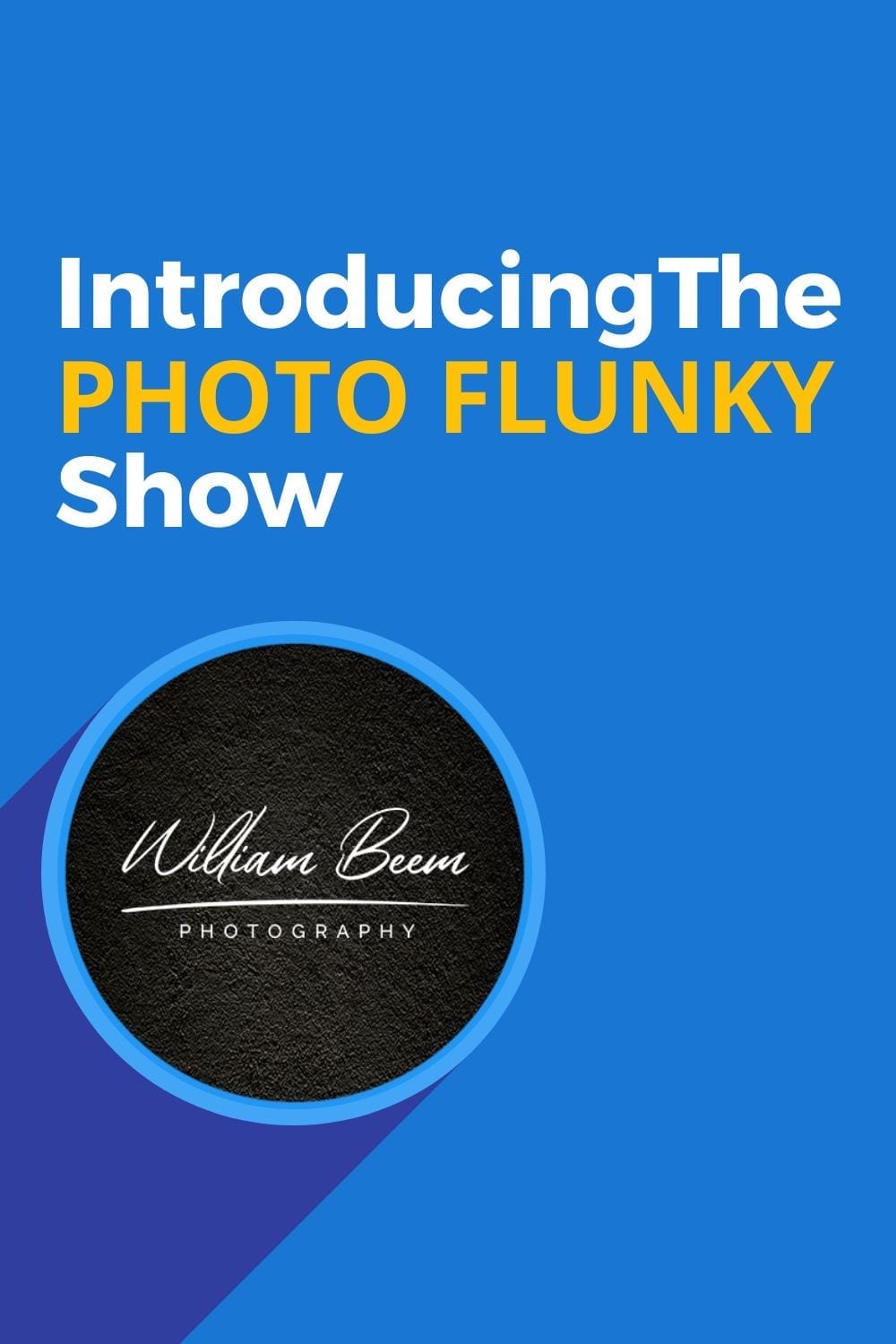
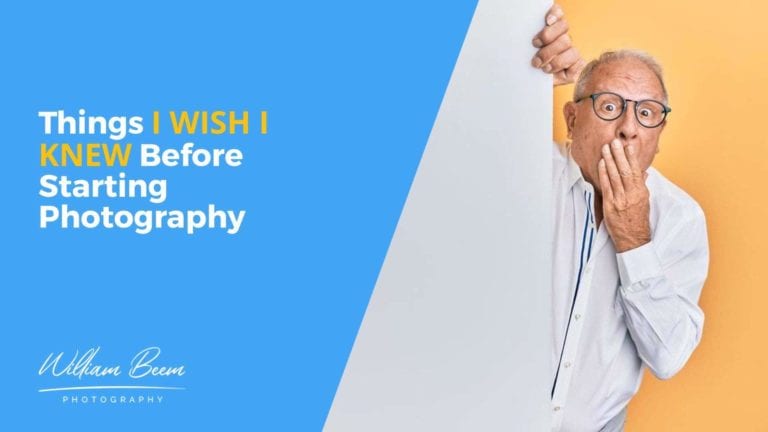
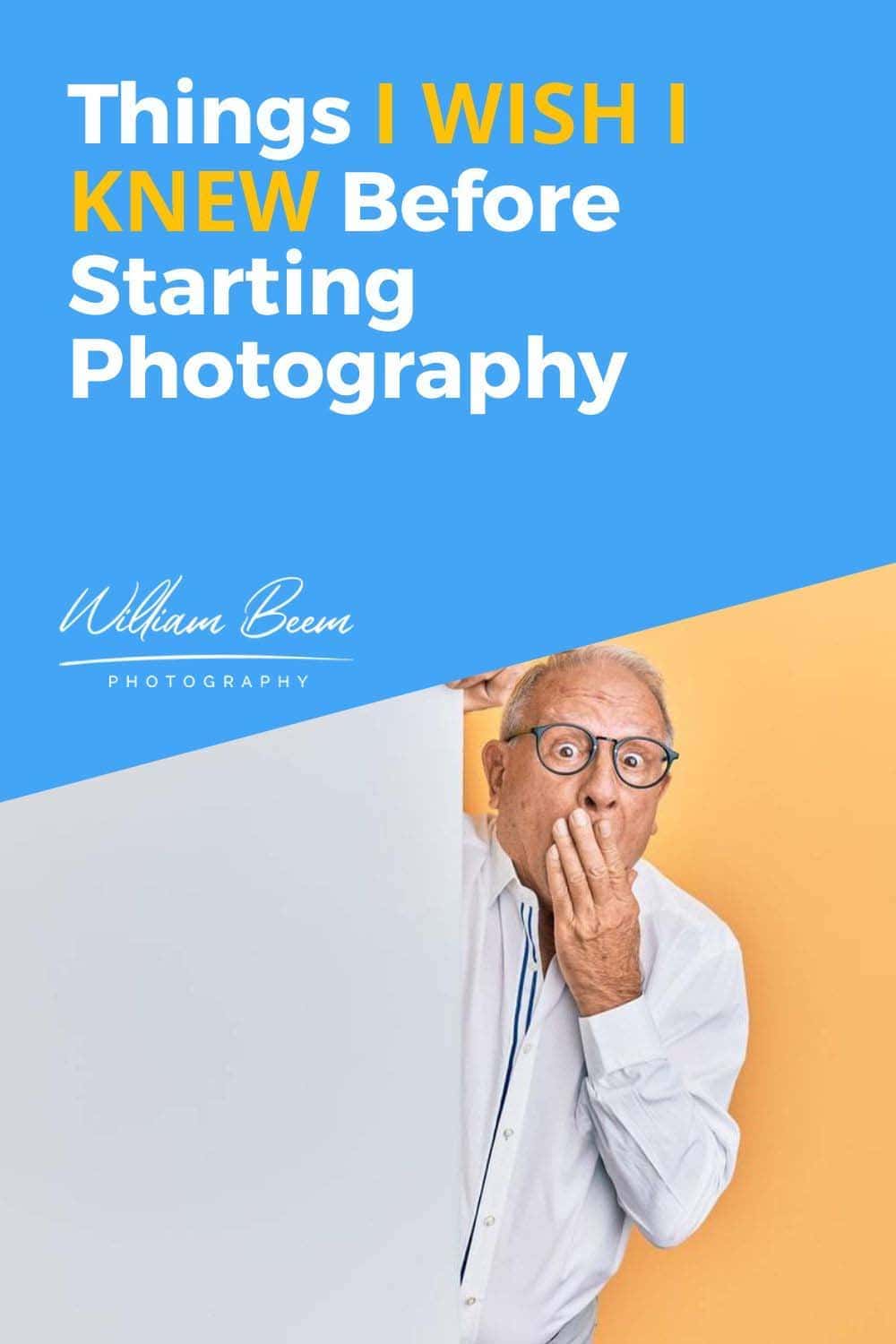
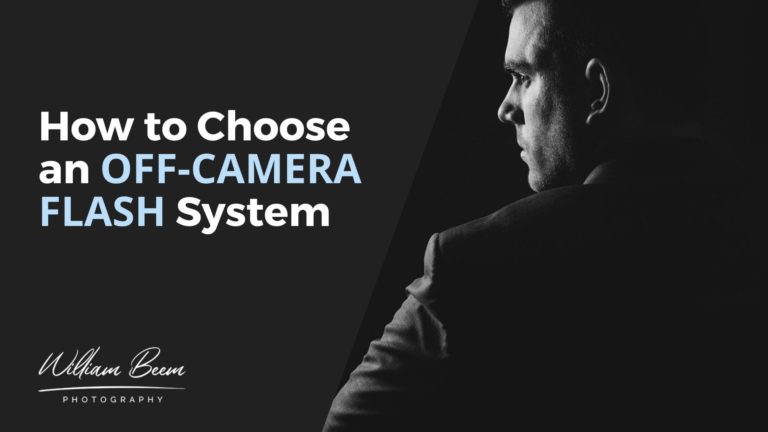
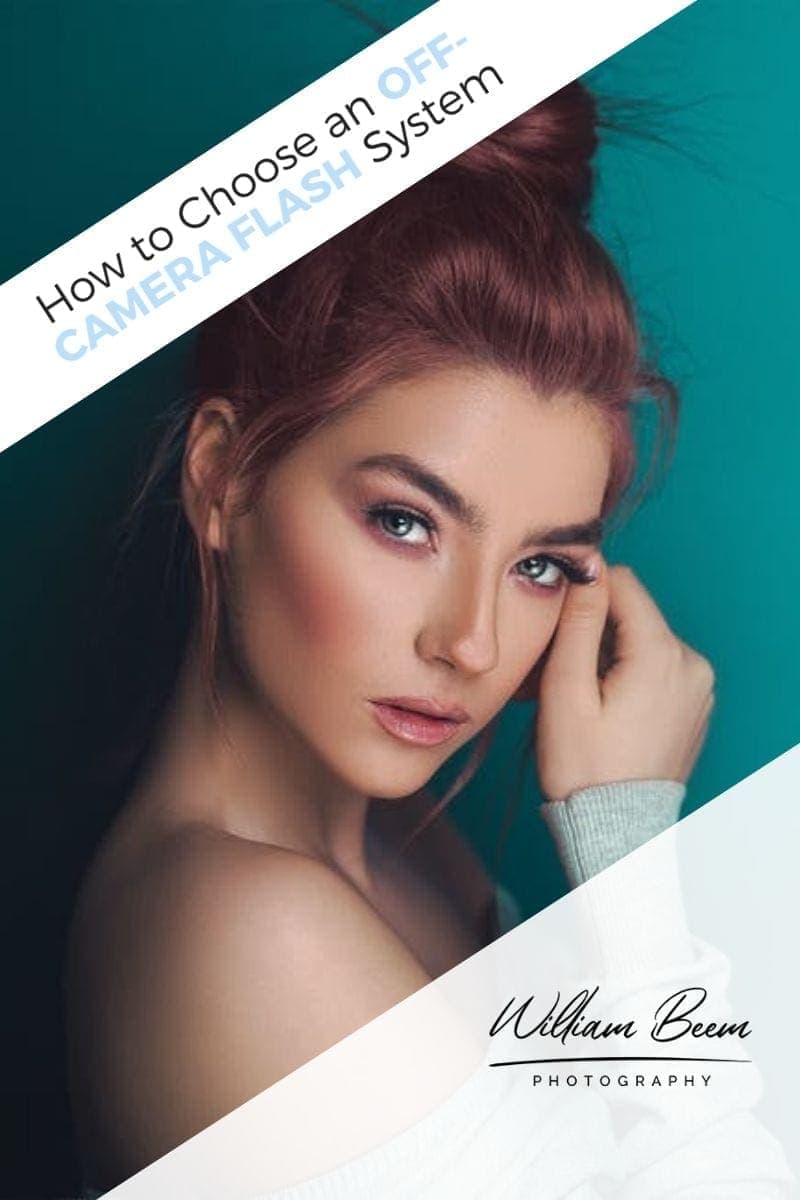
I like to be (or at least think I am being) clever when I name my images on Flickr or wherever they’re posted, as long as I can think of something that seems clever to me. What can I say — I’m not a poet, but I can be poetic. Typically, there is an identifiable connection between the subject and the title. And I do take pains to tag the photos six ways to Sunday with every relevant term I can muster.
What bugs me much more than using a non sequitur title are the images — especially unusual ones — with no descriptive text. Photos tell stories, certainly (not always, of course), but there is usually a story behind the image that may or may not overlap with the story in the image itself. I like to tell those stories, whether it be what I saw and/or felt that I wanted to convey, how I came upon the scene, what I thought it would be prior to pressing the shutter release, how it became what it is in post-processing, or whatever looking at the final image inspires me to say. I like to find that when I look at someone else’s images as well. Sometimes when I see good images from people who never bother to tell those stories, it makes me wonder if they just can’t write, or they just don’t know how to put the stories they feel into words. Or maybe they’re just lazy.
It could be laziness, but I’ve also run into people who truly don’t want to tell a story to explain their photograph. Instead, they want the image to speak for itself. When you tell a story with text about an image, you’re directing what you expect a person to think about the image.
I can’t say that I feel strongly one way or the other about such descriptions. Sometimes I put in a bit about the process of making the photo, other times I let it stand on its own. I guess it depends upon whatever spirit moves me at the moment.
I agree that sometimes photos speak for themselves, though in my considered opinion that happens less often than people seem to think. Steven Spielberg doesn’t do audio commentaries because he thinks the films should speak for themselves. He’s right; they do, but all they tell us is what his final decisions were. I think he should do commentaries and tell us how he came to those decisions. Of course, it is his right, but it leaves me less satisfied with a Blu-ray purchase of one of his films than I otherwise would have been.
And I don’t disagree; sometimes the story is more involved or interesting than at other times. Sometimes the story is about the technical side, and sometimes it is about what moved me to want to capture the scene, and sometimes both. If I’m looking at a portrait with a model wearing an enigmatic expression, I can understand not explaining the scene itself — ambiguity is supposed to have an element of mystery. The photos I’m most frequently drawn to tend to be landscapes, especially those made at sunrise or sunset. When I see a fantastic landscape, I’d at least like an idea of where it was made. I saw a few photos made in Olympic National Park in Washington state that drove me nuts because they didn’t say where they were made. I was looking at photos made in a place I immediately wanted to put on my “bucket list” to visit … if I could find out where the place is.
I think that a significant number of visual artists don’t enjoy writing, and I further suspect that a significant fraction of those artists will grab on to the “art speaks for itself” mantra because it means they don’t “have” to write. Not that everyone who doesn’t like write feels that art speaks for itself, nor that everyone who wants the art to do the talking does so because they can’t or don’t want to write — but I’ll bet there’s a lot of overlap.
Ok, so I had more free time on my hands over the holidays than I’m used to, and revisited some of the blog posts, this being one of them, and it got me curious enough to conduct my own little experiment. It wasn’t to prove anything, but more out of sheer curiosity.
I took a photo I’d captured of a couple in the city streets the weekend before Christmas. She was busy on her cell phone and he was standing around looking bored. Not a particularly great photo, but I named it “Helping out a buddy” and posted it in a Street Photography group. A week or so later I posted the same photo elsewhere, in a different group and called it “Messages first. Talk to ya later.” Aside from those who commented on there who clearly don’t draw conclusions at first glance, the general response from each post of the same shot were poles apart. The latter one in fact saw some really hostile comments and saw a few of them being deleted. It is worth mentioning that having had half a minute or so to observe the couple on that day, they appeared to be sharing the phone and the guy had actually passed it to the girl and it looked like she was either checking something for him or for both of them. Everything about their interaction was amicable and they seemed properly engaged, save for those few seconds. So the second title I used was way off. But that’s just is, isn’t it? Usually the only person who might have a bit more information about the story is the one who was present.
So my conclusion is that naming your photo really does affect how it is viewed.
I don’t mind images posted without a title. I just prefer them to either be named or not named, but personally don’t care for DSC_1178 as a name!
Interesting. Anyway, that kept me out of trouble for a few days.
Thanks for keeping us thinking 🙂